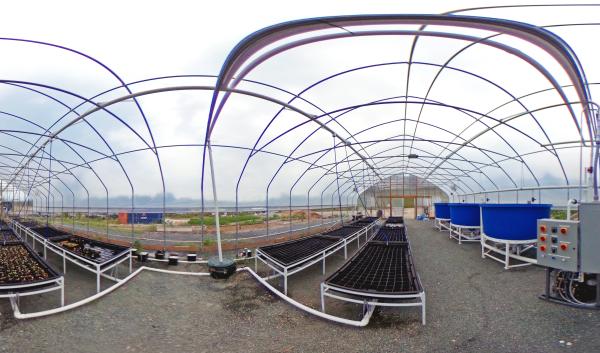It’s important to properly plan an urban forest first in order to ensure the greatest chance of success. Location, planting timing and tree species are all important aspects of a plan.
To assist planners, West Virginia Division of Forestry recently updated two climate-aware resources for managing urban forests. One is specific to designing parking lots and the other provides broader guidance for selecting urban trees. The USDA Forest Service supported this work and the USDA Northeast Climate Hub contributed to printing and sharing of the materials.
Parking Lots & Trees
This publication provides design and species suggestions for municipal tree boards looking to improve canopy coverage in parking lot and other paved areas. It provides parking lot design examples and case studies, instructions on how to calculate shade coverage, and information on further control of stormwater runoff using bioswales and rain gardens. Topics covered include:
- the unique challenges involved in site selection in parking lots;
- the role of trees in shading and preserving pavement,
- reducing emissions and cooling ambient air temperatures;
- planting, pruning and other tree care tips.
Trees for Urban Landscapes
This publication is geared toward the general public as well as municipal tree boards, and is meant to provide guidance in selecting appropriate species for urban environments. Increased urbanization calls for more green space and tree canopy in order to combat the effects of climate change. Half of the publication is dedicated to tables of tree species and their varied characteristics. This publication offers:
- insight on site selection and microclimate,
- tips for planting,
- information on growing conditions that trees need,
- positive and negative characteristics of species.




